Adelaide researchers leading the world in medical science projects and treatments
THEY’RE the unsung heroes living among us - South Australia’s world-class medical researchers quietly going about their life-changing work. Research reporter Elisa Black takes a closer look at what is being achieved in our universities and medical centres.
SA News
Don't miss out on the headlines from SA News. Followed categories will be added to My News.
- “Fat switch” could help beat obesity
- SAHMRI researchers seek cure for Chronic Fatigue Syndrome
- SA secures more than $75 million in medical funding
THE UNIVERSITY OF SOUTH AUSTRALIA
Newer needle
Professor Tarl Prow (PhD in nanomedicine) and Dr Miko Yamada (molecular biologist) are working on a small needle device that can collect skin samples much more easily than a traditional biopsy.
It can take 100 to 200 cells to test for skin cancer and other diseases and avoids taking a 2-3cm piece of tissue which results in scarring. The innovation comes from the idea of the diabetic prick.
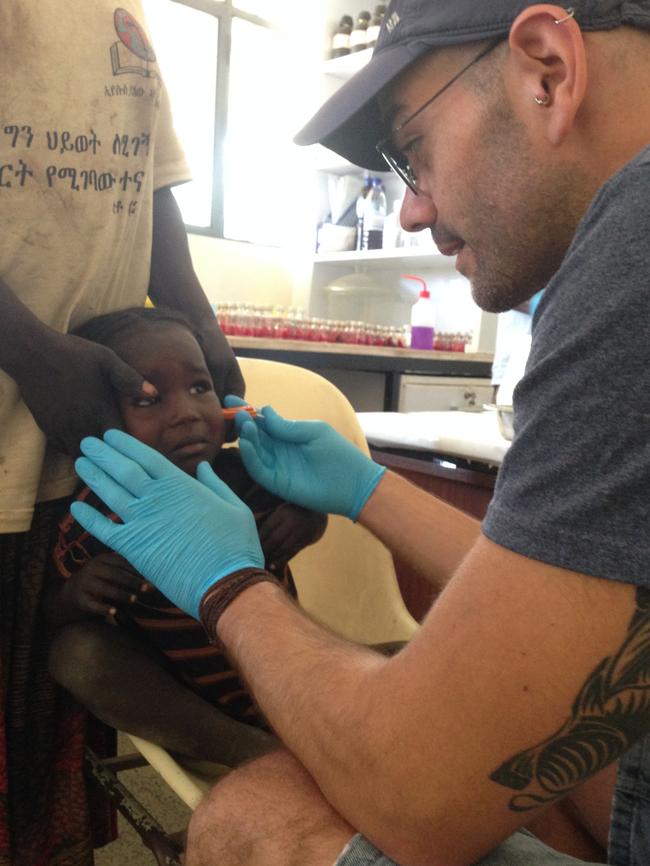
The device has already proved a possible game changer, with doctors taking it to Africa to use in the field with 4000 already sold worldwide.
They are working on including a test in the device to tell immediately if cells are cancerous or not.
Microscopic molecules
UniSA researchers have found a way to get scientifically-engineered microscopic molecules to attach to cancer tumours to increase the effectiveness of radiotherapy – a major milestone it is hoped will lead to increased survival rates with fewer side effects.
Researchers believe they can use nanoparticles, which are 5000 times thinner than a human hair, to enable higher radiation doses to be delivered directly into cancer tumour tissue while sparing surrounding healthy tissues.
Smart wearables
Intended to vastly improve tactical experiences across multiple applications - from virtual reality computer gaming to remote injury rehabilitation - smart wearables provide significant benefits for health, including injury rehabilitation and remote health monitoring. Limbs can be easily immobilised and rehabilitated, with medical staff able to remotely and accurately adjust and monitor the exact degree of immobilisation as the injury heals.
Coronary stent
Currently in the discovery phase, this innovative technology could completely redefine vascular stents, providing the rapid revascularisation of implanted devices long-sought by surgeons to treat blocked arteries and veins with minimal intervention and medication.
Drones in disaster zones
Drones can be used to detect human vital signs in war zones and natural disasters.
Under a collaborative agreement with the Defence Science and Technology Group, UniSA researchers have successfully trialled unmanned aerial vehicles to measure heart and respiratory rates, using remote-sensing imaging systems, while hovering three metres from humans. The breakthrough could have many applications, including triaging disaster victims in earthquakes and remotely monitoring heart rates of premature babies in incubators.
Craniofacial treatment
A world-first research collaboration with the Australian Craniofacial Unit could provide a significant global breakthrough for people born with small jaws, the second most common craniofacial disorder after cleft lip and palate.
Researchers will explore the role that blood vessels play in the normal development of the jaw, with the aim of sparing affected children surgery and years of trauma. The impacts could be profound across the world if the researchers can find an alternative to surgery, according to Adelaide craniofacial surgeon Professor Peter Anderson
Robots to help the elderly
In a bid to reduce the 80,000 injuries, and about 1000 fatalities, caused by elderly falls in Australia each year, UniSA PhD candidate Kalana Ishara Withanage is leading a project to enable companion robots to autonomously help older people who live alone to get up again if they have fallen.
The computer science student and his UniSA senior colleagues are developing robotic vision algorithms that will allow robots to autonomously move to a position with an unobstructed view of the elderly person who has fallen and provide assistance to the person in order to get up safely.
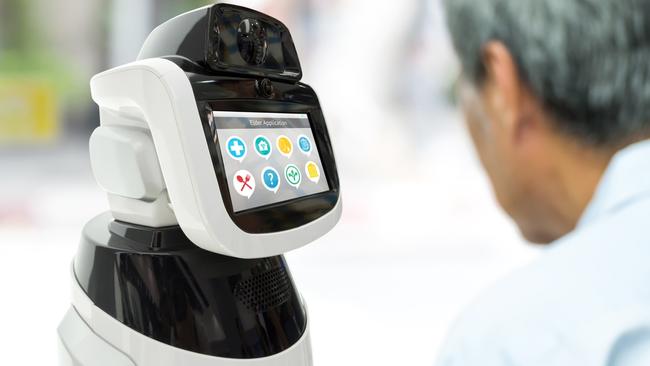
THE CENTRE FOR CANCER BIOLOGY
An alliance between the University of South Australia and SA Pathology, supported by The Hospital Research Foundation, the centre carries out a world-class program of innovative research, making breakthrough discoveries in the fundamental causes of cancer, and translating these discoveries into new ways to prevent and treat this disease.
Wound healing
Searching for a new therapy against skin cancer, researchers stumbled upon a new way the healing of skin wounds can be accelerated. They found that wounds healed three times faster when a drug that interfered with the function of a protein called 14-3-3 is used - a simple cut on the skin that took six days to heal was closed in two days when the drug was applied to it. Wounds that heal slowly or not at all are a major problem for our ageing population and complicate the lives of diabetics. They can cause serious infections and may even result in amputation. Researchers have shown that, when this inhibitor is applied to diabetic wounds, healing time is reduced by half, which could significantly improve outcomes for diabetic patients.
To stick or not to stick?
Blocked blood vessels are a major contributor to cardiovascular disease and a leading cause of death worldwide. To overcome these blockages, small metal cylinders are surgically inserted to hold the blood vessels open. But these metal devices are often seen as a foreign object by the body and are attacked by the circulating white blood cells which stick to them to try and destroy them. Associate Professor Claudine Bonder and her team’s patent-pending nanotechnology discoveries aim to hide these devices from the immune system by making them less sticky.
THE BASIL HETZEL INSTITUTE FOR TRANSLATIONAL HEALTH RESEARCH/QEH
The productive research arm of The Queen Elizabeth Hospital, the Institute’s research groups have strong links to clinical divisions within the hospital underpinning its overarching focus on translational health research.
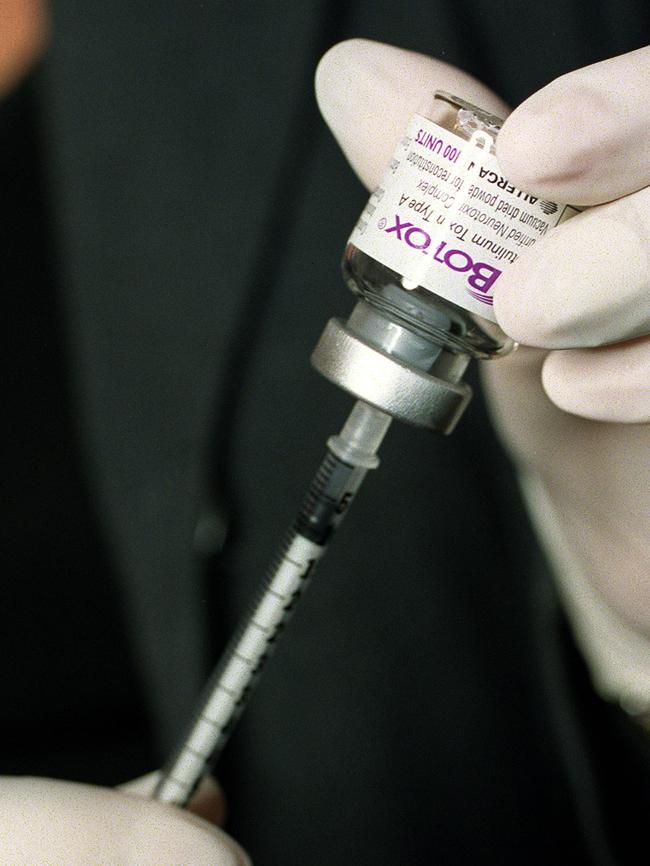
Botox to treat stroke
Can Botox be used for treating patients who have lost movement from a debilitating stroke? Dr Anupam Gupta is currently undertaking research, supported by The Hospital Research Foundation, injecting Botox to stroke patients who are living with spasticity. This is a condition where certain muscles are continuously contracted. This contraction causes stiffness or tightness of the muscles and can interfere with normal movement, speech and gait.
Fighting breast cancer
World-first research is underway focusing on using our own immune system to fight solid cancers, such as breast cancer, with potential for other cancers. The team are developing an injectable gel filled with a patient’s own cancer fighting T cells to be targeted directly to the cancerous tumour site.
Menstrual cycle cancer role
Led by Associate Professor Wendy Ingham, researchers are exploring how immune cells function during a woman’s menstrual cycle and how this contributes to a woman’s risk of breast cancer. They believe there may be a window of breast cancer risk that opens at a particular stage of the cycle. This could lead to the development of preventative treatments.
Artificial sweeteners
This research project, armed with a $250,000 Translational grant from The Hospital Research Foundation, will determine if artificial sweeteners contribute to, rather than alleviate, type 2 diabetes through a series of clinical and lab based trials in SA’s Biomed Precinct. By 2040 it is predicted 1 in 10 people will be living with diabetes. This research is undertaking several human trials, looking at gut biology.
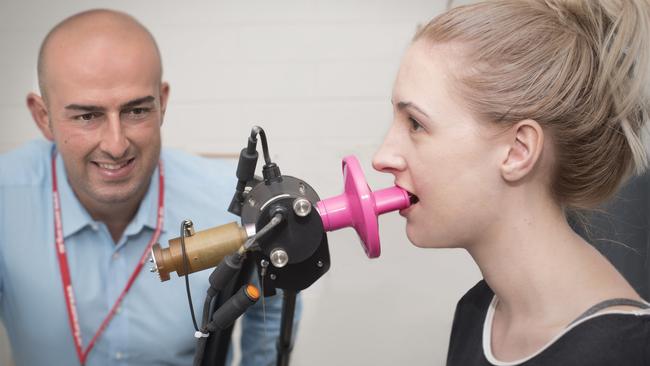
HOSPITAL-BASED RESEARCH
Atrial Fibrillation
Atrial fibrillation is a common cardiac arrhythmia with an estimated 33.5 million patients globally. It contributes to a third of all strokes and yet its management is varied and results in poor outcomes including under treatment, recurrent hospitalisations and greater complications.
Professor Prash Sanders, from the University of Adelaide, and his team at the RAH have been awarded a $250,000 Translational Grant from The Hospital Research Foundation to develop an integrated approach for the management of AF.
In the trial, structured AF management, including risk factor management, will form part of a specialised, multidisciplinary clinic (called iCARE) at the RAH. The research team believe this clinic will reduce hospital admissions and mortality in patients with AF.
Cardiac-Obstetric Registry
COROSA (Cardiac-Obstetric Registry of South Australia) is a collaboration between cardiology and obstetrics at the Lyell McEwin Hospital. Women with heart disease are more likely to have pregnancy complications but there is limited understanding of prevention and treatment techniques for these patients.
Pregnant women who have pre-existing heart disease are asked to participate in the registry so they can be followed and their outcomes of pregnancy and birth recorded. By creating a registry of medical and demographic information advancements may be made towards improvement in patient care and outcomes.
Anaemia in pregnancy
Approximately 25 per cent of Australian women develop anaemia during pregnancy, primarily as a result of iron deficiency. Anaemic women may develop cardiovascular complications, in turn resulting in disorders such as preterm birth, low birth weight, peri-natal mortality and post-natal depression.
Iron deficiency and anaemia can influence the cardiovascular system in non-pregnant people, so the research team is looking at the effects of iron infusion on the cardiovascular system.
Diabetes and shoes
Diabetes is the leading cause of lower extremity amputation in Australia but new footwear guidelines will help podiatrists and doctors find the right kind of shoes to lower the risk of amputation. Foot ulcers in diabetics are caused by neuropathy (loss of sensation) and poor circulation. Diabetic foot ulceration is a serious health issue and, if left untreated, can become infected and require surgery. Professor Rob Fitridge, a vascular surgeon who contributed to the new Diabetic Foot Australia guidelines and is part of the diabetic foot clinic team at The Queen Elizabeth Hospital and Lyell McEwin Hospital, said the right pair of shoes can prevent ulcers forming.

THE UNIVERSITY OF ADELAIDE
Preterm birth
A three-year project led by Professor Sarah Robertson, director of the University’s Robinson Research Institute, to develop new drugs aimed at suppressing the triggers of preterm birth.
Speaking to children
The Language in Little Ones project aims to understand how the quality and quantity of parent and child talk in the early years impacts on children later in life, beyond just language development.
Ovaries reveal keys
Research into the ovary is revealing exciting new directions for improved fertility management, focused policymaking in relation to obesity, and even enhanced animal breeding.
Patient screening
A collaboration between the University of Adelaide’s Australian Centre for Visual Technologies and Adelaide-based LBT Innovations has given humanity a powerful new weapon in the fight against infectious disease. The joint project team has developed the world’s first artificial intelligence technology for the automation of microbiology screening in pathology laboratories.
Studying cell dormancy
A multidisciplinary team of scientists, which includes researchers from institutes across Australia, has been short-listed to the final stages of Cancer Research UK’s Grand Challenge – an ambitious series of £20m global grants tackling some of the toughest questions in cancer research. The project aims to demystify the phenomenon of “cell dormancy” – where cancer cells not killed by initial treatment can “go to sleep” for months or years, only to wake later and start to form a new cancer.
Early disease detection
Using machine learning to classify which CT scans are from patients who would die in five years will highlight the particular areas of concern to enable further investigation. This would enable doctors to intervene at a much earlier stage of the disease than is being currently detected.
Inflammation and cancer
For the first time, researchers have shown that chronic low-level inflammation drives increased breast density and is associated with a woman’s risk of developing breast cancer. Their findings open the door for new approaches to treating density and preventing breast cancer through reducing inflammation.

FLINDERS UNIVERSITY
Science from the sea
Molecular bioscientists are using novel compounds including natural substances based on sea snail and even platypus venom to develop improved insulin therapies, along with alternative treatments for cancer – including from marine bioproducts such as sea sponges.
It’s in the breath
Pioneering the analysis of non-invasive and simple breath-tests to identify chronic gastrointestinal diseases such as irritable bowel syndrome, and even cancers.
The genetics of glaucoma
Professor Jamie Craig has discovered new genetics links that lead to an increased risk of glaucoma – the leading cause of irreversible blindness worldwide.
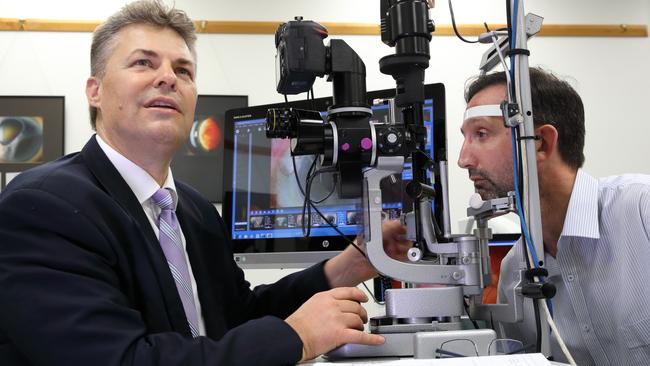
SAHMRI
Parkinson’s treatment
There is no cure for Parkinson’s disease – current medication only helps to mask the symptoms temporarily. Part of the problem is that access to live neurons from patients to study the disease and screen new drugs is very limited.
Dr Cedric Bardy and his team have designed a platform to generate live human neurons, and have used this approach to analyse the biological differences between neurons from healthy subjects and Parkinson’s patients.
The human neurons originally come from skin biopsies. To generate the brain tissue in a Petri dish, the skin cells are transiently reprogrammed into stem cells based on state-of-the-art cell biology technologies. The research team will use this new model to examine the biology of potential molecular targets to treat Parkinson’s disease.
Gout treatment heart link
Inflammation causes the plaques in arteries that cause heart attacks and strokes. There is major interest in developing drugs that reduce this inflammation for patients with heart disease. Dr Peter Psaltis is studying the effects of colchicine, an anti-inflammatory drug used to treat gout in order to see whether it also prevents the build up of plaques and their progression to heart attacks and strokes.
This bench-to-bedside approach will address key knowledge gaps by clarifying colchicine’s effects on different stages of atherosclerosis and its mechanisms of action.
Nutrition and Alzheimer’s
Alzheimer’s disease is thought to be caused by accumulation of sticky, toxic molecules in the brain. Accumulation of these sticky molecules, which cause amyloid plaques to build up in the brain, begins nearly two decades before dementia.
Research from Dr Tim Sargeant’s group in the Hopwood Centre for Neurobiology, Nutrition and Metabolism Theme, has shown nutrition can control degradation of the molecules that cause sticky amyloid plaques. The team is starting a new study that tests specific ideas on the effect of diet on the appearance of amyloid plaques.
Improving gut health
The microbes that inhabit the gastrointestinal tract are vital to many aspects of our health, from regulating our immune and metabolic systems to preventing serious infections.
In many vulnerable groups, such as preterm babies, those undergoing chemotherapy, or the elderly, disruption of the gut microbiome increases the risk of disease, and can reduce the effectiveness of important therapies.
Associate Professor Geraint Rogers is leading research that aims to develop strategies that support healthy gut microbiology through the introduction of beneficial microbes and the compounds they need to grow. This can involve the transplantation of microbes from healthy donors or the development of bespoke gut microbiomes to increase the effectiveness of vital cancer therapies.


